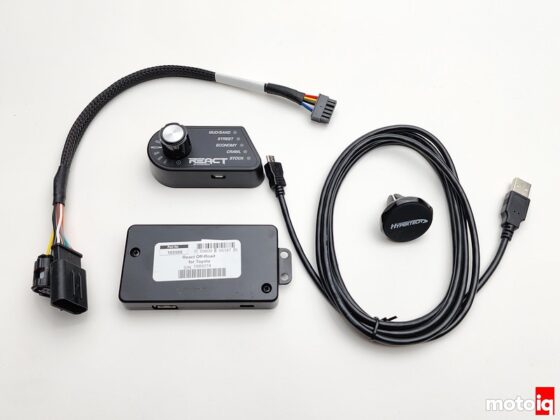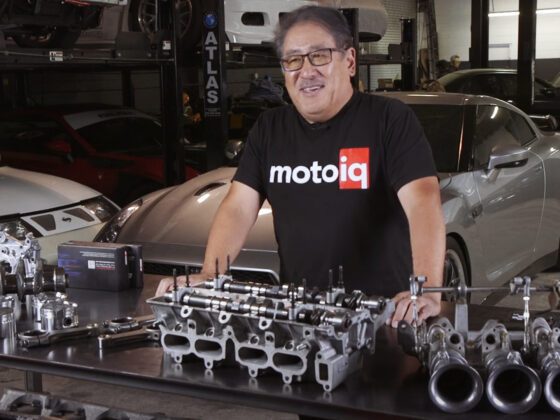What elements do you see in human relationships that you think could transfer well into the autonomous driving experience?
There are several elements in human relationships that could transfer well into the autonomous driving experience:
- Trust: Trust is a key element in human relationships and it could also be important in the context of autonomous driving. Passengers need to trust that the autonomous vehicle will safely transport them to their destination, and that the vehicle’s decision-making will prioritize their safety.
- Communication: In human relationships, effective communication is crucial for building trust and understanding. In the context of autonomous driving, clear and timely communication from the vehicle, such as providing information about the vehicle’s status, location, and estimated arrival time, can help to build trust and reduce anxiety for the passengers.
- Personalization: Personalization is an important element in human relationships, as it allows individuals to feel understood and valued. In the context of autonomous driving, personalization could be achieved by allowing passengers to customize their driving experience, for example, by adjusting the temperature, lighting, and music to their preferences.
- Empathy: Empathy is the ability to understand and share the feelings of others. In the context of autonomous driving, the vehicle could use natural language processing and other AI technologies to understand and respond appropriately to the passengers’ emotions, such as by offering a calming message in case of stress.
- Safety: Safety is an important aspect of any relationship, both physical and emotional. In the context of autonomous driving, safety can be achieved through the design and implementation of safety mechanisms such as sensors, redundancy, and fail-safes, as well as through regular maintenance and testing. Additionally, safety for autonomous driving also includes ensuring that the vehicle does not pose a danger to humans, for example, by implementing control systems to prevent collisions or by limiting the vehicle’s mobility in certain areas.
It’s worth noting that while these elements are important in human relationships, they may be challenging to replicate in the context of autonomous driving, as autonomous vehicles do not have the ability to have emotions or personal connections. However, as the technology and capabilities of autonomous vehicles advance, the relationship between passengers and autonomous vehicles may evolve, and these elements may become more relevant.
Is your mind blown yet? I know mine is.

We may be so lucky to find love when we least expect it. However, we keep love by maintaining it and doing the work. Autonomy isn’t an engineering study. It’s a human experience. Mobility is the art of treating the car-driver experience more like an interpersonal relationship and less like a transaction. By implementing a lot of the same skills that are recommended in therapy, I really believe mobility and all its facets will go so far beyond the honeymoon phase.

Happy Valentine’s Day, my fellow gearheads.



